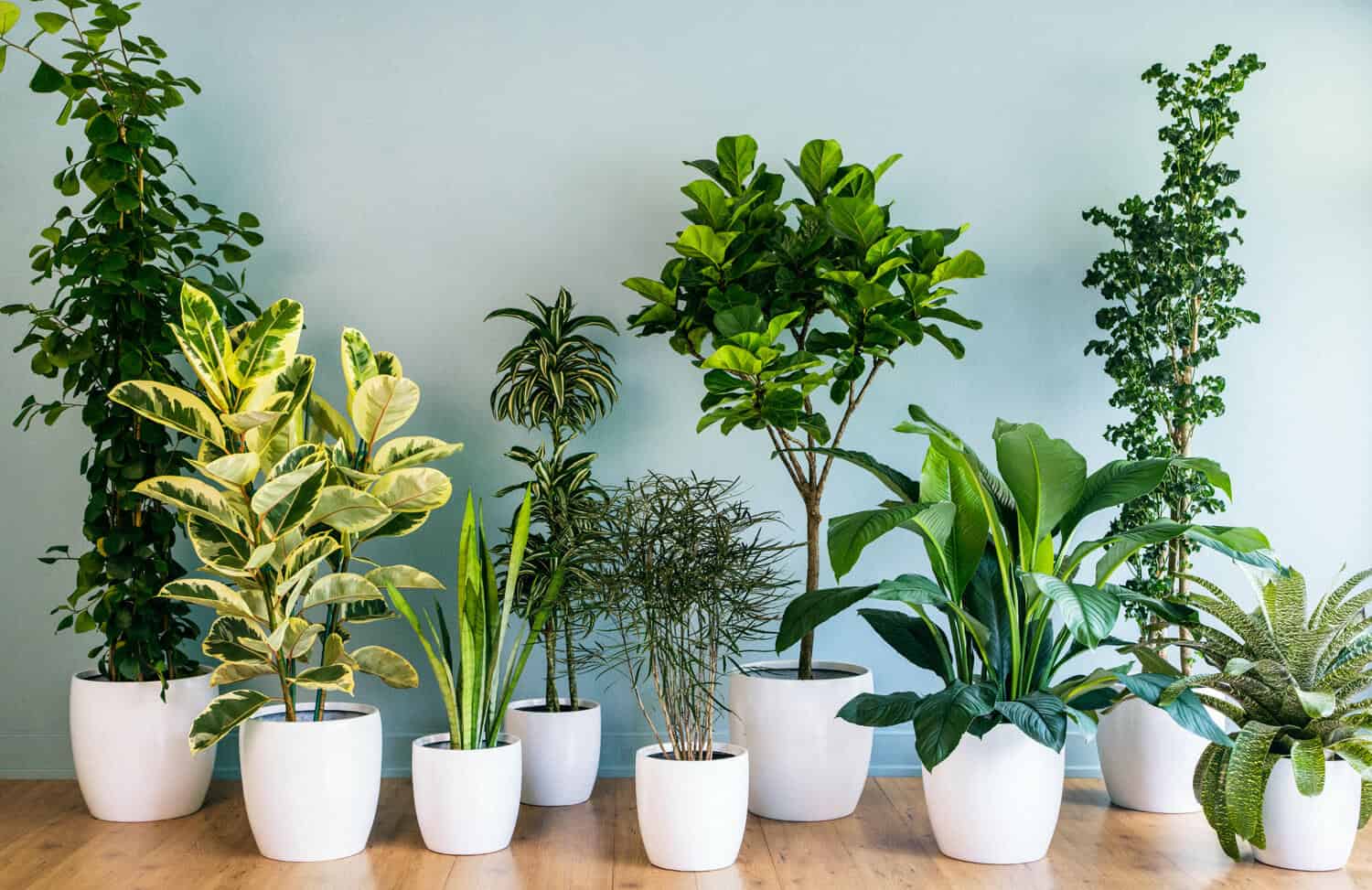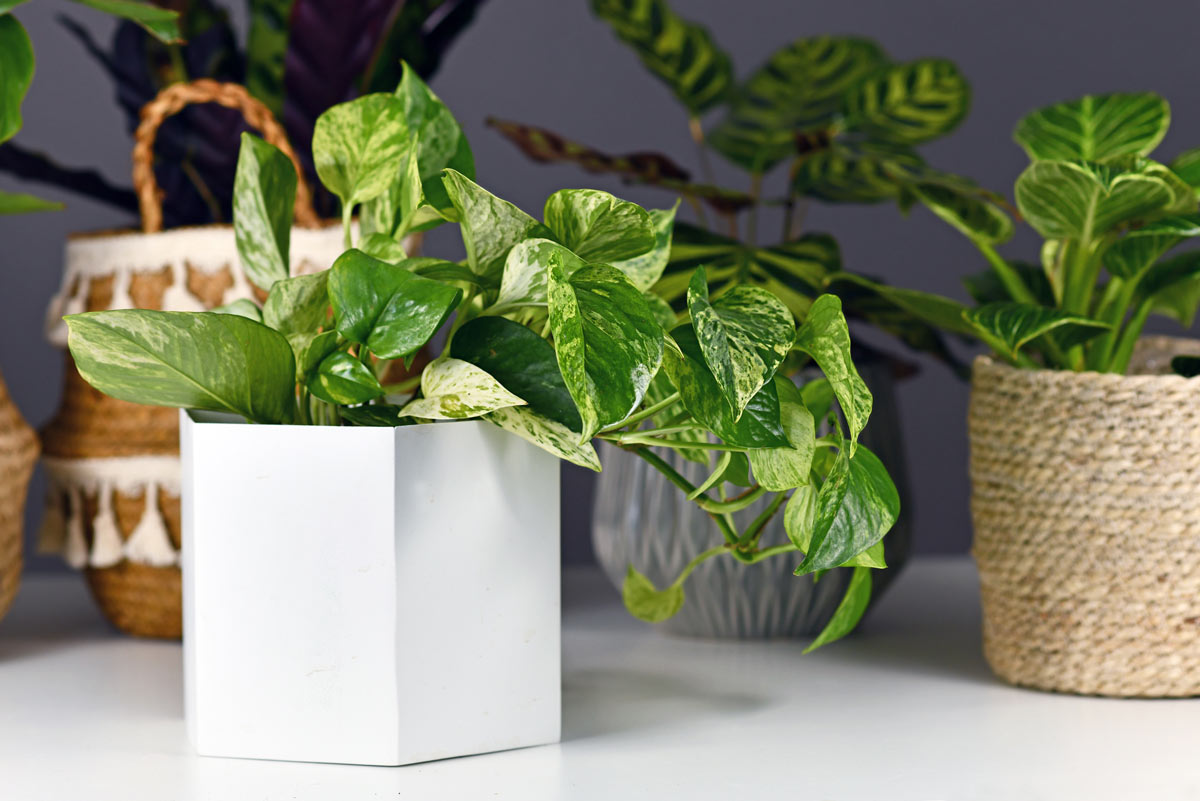A Guide to the Best Low-Light Indoor Plants for Small Spaces
A Guide to the Best Low-Light Indoor Plants for Small Spaces
Blog Article
Discover the most effective Low-Light Indoor Plants for Enhancing Your Home Design
Including low-light interior plants right into your home décor can dramatically enhance both aesthetics and environment, specifically in spaces that lack plentiful all-natural light. Selections such as the Snake Plant and ZZ Plant not just bring life to lower corners yet additionally add to boosted air top quality and general well-being. Understanding the distinct features and care demands of these plants can cause a much more harmonious living atmosphere. As we explore the top choices and their creative applications, one may wonder how these options can transform your room right into a prospering refuge.

Why Pick Low-Light Plants
Why go with low-light plants in your interior rooms? The modern living atmosphere often presents challenges such as minimal natural light, making it hard for standard houseplants to flourish. Low-light plants are especially adapted to endure and thrive in these problems, providing a viable solution for people looking for to boost their interior areas without the added tension of maintaining much more light-demanding vegetation.
In addition to their durability, low-light plants add substantially to the visual appeals of an area. Their diverse variety of sizes, forms, and colors enables one-of-a-kind interior decoration opportunities, developing welcoming and dynamic environments. Indoor plants are understood for their air-purifying top qualities, boosting indoor air quality by launching and filtering system contaminants oxygen, which can boost total health.
Low-light plants additionally need very little maintenance, making them particularly appealing to hectic individuals or those brand-new to horticulture. Their flexibility enables placement in various environments, from office rooms to poorly lit edges of the home. By selecting low-light plants, you can take pleasure in the advantages of greenery without the restrictions that frequently go along with traditional gardening, eventually fostering a healthier and a lot more aesthetically enticing interior environment.
Leading Low-Light Indoor Plants
For those seeking to improve their interior spaces with plant that prospers in low-light conditions, numerous plant choices stick out for their durability and aesthetic appeal. The Serpent Plant (Sansevieria trifasciata) is a popular selection, understood for its upright, sword-like fallen leaves and ability to tolerate disregard. This sturdy plant can endure in dimly lit locations while improving interior air quality.
An additional exceptional option is the Pothos (Epipremnum aureum), identified by its heart-shaped leaves and routing vines. Pothos is not only versatile to low light but additionally provides a striking visual comparison when placed on racks or hanging baskets.
The ZZ Plant (Zamioculcas zamiifolia) is equally impressive, flaunting shiny, dark green fallen leaves that can brighten up any type of edge. Its drought resistance makes it suitable for busy property owners.
Care Tips for Low-Light Plants
Exactly how can you make certain that your low-light indoor plants prosper despite restricted sunlight? First, choose the ideal potting mix that offers great drainage while keeping dampness. A well-aerated dirt, such as a blend of potting soil and perlite, can help avoid root rot.
Watering is critical; low-light plants generally require less frequent watering compared to their sun-loving counterparts. Constantly discover this check the top inch of the soil-- if it feels dry, it's time to water. Be careful of overwatering, as this can bring about fungal issues and root decay.
Feeding low-light plants ought to be done sparingly - Best low-light indoor plants. Utilize a well balanced, water-soluble plant food throughout the expanding period, however reduce or eliminate fertilizing in the inactive months
Additionally, dust can build up on leaves, preventing photosynthesis. Carefully wipe the fallen leaves with a moist cloth to maintain them clean.
Lastly, observe your plants closely. Indicators of distress, such as yellowing fallen leaves or leggy development, can show that your plant requires adjustments in care (Best low-light indoor plants). By following these treatment ideas, your low-light indoor plants can flourish, including charm and vitality to your home
Imaginative Ways to Show Plants
Elevating the visual charm of your indoor room can be accomplished by thoughtfully displaying your low-light plants in creative means. Think about utilizing vertical space to your benefit; wall-mounted shelves can showcase tracking plants like pothos or philodendron, adding lushness while conserving floor room. Conversely, use plant stands of differing heights to create aesthetic rate of interest and depth, attracting the eye up.
Hanging planters are an additional excellent choice, offering a remarkable effect when suspended from the ceiling or hooks. Macramé wall mounts can introduce texture and bohemian panache, while modern ceramic hangers can match a minimal aesthetic. For a much more innovative technique, repurpose unique containers such as vintage teacups or glass containers, which can include individuality to your display.
Grouping plants in collections is additionally effective; use differing pot dimensions and colors to produce a natural appearance. This approach not only improves aesthetic impact yet likewise provides an all-natural habitat feeling - discover this Best low-light indoor plants. Consider placing plants near light sources like lamps or windows to maximize their development and showcase their vivid foliage, therefore enhancing the general setting of your indoor atmosphere.
Benefits of Indoor Greenery
Countless researches have shown that integrating indoor plant right into your living area provides a multitude of advantages, boosting both mental and physical health. Among one of the most considerable benefits of indoor plants is their capacity to improve air quality. Plants soak up co2 and launch oxygen, producing a healthier environment while likewise filtering out dangerous toxic substances, hence advertising respiratory wellness.
Furthermore, the visibility of greenery has actually been linked to reduced stress and anxiety levels. Research study indicates that engaging with plants can lower cortisol degrees, which are connected with stress. This relaxing effect can cause enhanced mood and raised efficiency, making indoor plants an optimal addition to work areas.
In addition, indoor plant can boost cognitive function. Studies recommend that environments improved with plants can result in boosted emphasis, imagination, and overall mental quality. The visual allure of indoor plants also adds to an extra inviting and positive environment, favorably affecting social interactions and overall satisfaction within an area.
Final Thought

Including low-light indoor plants into your home décor can substantially boost both visual appeals and ambience, especially in areas that do not have plentiful all-natural light. Varieties such as the Serpent Plant and ZZ Plant not only bring life to lower corners but additionally add to improved air quality and overall wellness. Indoor plants are recognized for their air-purifying top qualities, boosting indoor air high quality by filtering system contaminants and launching oxygen, which can enhance general well-being.
For those looking for to boost their indoor spaces with greenery that grows in low-light conditions, a number of plant options stand out for their resilience and visual allure. These durable plants, such as the Serpent Plant and ZZ Plant, thrive in dim conditions and need minimal upkeep, making them ideal for various way of lives.
Report this page